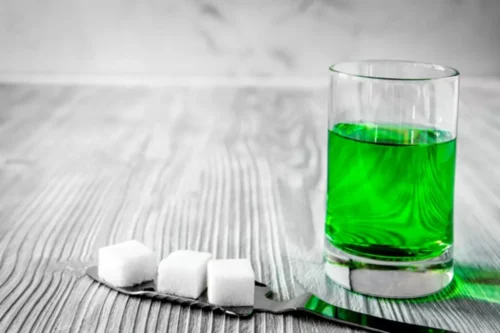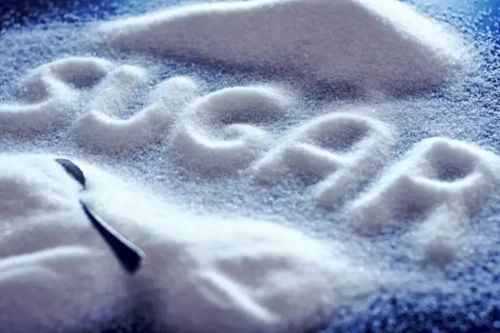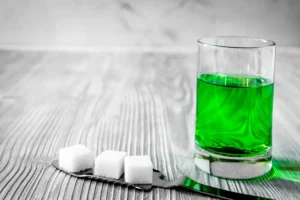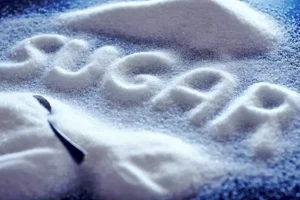
However, given their effect on tremors, tachycardia and hypertension, these drugs could mask AWS symptoms and should be considered only in conjunction with BZDs in patients with persistent hypertension or tachycardia 54. This adaptive phenomenon results in long-term reductions in the effects of alcohol in the CNS, i.e., tolerance 10, 14, 15. More recently, an up-regulation of glutamate receptors α-amino-3-hydroxy-5-methylisoxazole-4-propionic acid (AMPA) and kainate has been described during AWS 19, 20. Many patients receive opioid medications in the postoperative setting to treat surgical pain. Use benzodiazepine medications at lower initial doses when co-administered with opioids, as in Table 6.

Severe alcohol withdrawal with DT
When the alcohol level in your system suddenly drops, your brain stays in this overactive state. If you have alcohol use disorder and want help, a healthcare provider can guide you to resources and rehabilitation programs to help you quit. Know that your provider will be there to support you, not to judge you.
AWS: treatment
- Among them, different agents (i.e., long-acting or short-acting) and different regimens (front-loading, fixed dose or symptom-triggered) may be chosen on the basis of patient characteristics.
- Symptoms of opioid withdrawal vary based on the type of opioid used.
- Delirium, psychosis, hallucinations, hyperthermia, malignant hypertension, seizures and coma are common manifestations of DT 26, 29, 31.
- Medications, counseling, and support groups also play a critical role in recovery.
- These medications aren’t for everyone but could help lessen severe DT symptoms, such as hallucinations and aggression.
This is so a doctor can closely monitor their blood pressure, breathing, and heart rate and provide medications to ease the process. A doctor can often diagnose alcohol withdrawal syndrome by taking a person’s medical history and performing a physical exam. While some of the symptoms of alcohol withdrawal syndrome are similar to a hangover, they are not the same condition. People with alcohol withdrawal syndrome can have a wide variety of symptoms. These will depend on how much alcohol they drank, their body type, sex, age, and any underlying medical conditions. Alcohol withdrawal syndrome refers to a group of symptoms that can develop when someone with alcohol use disorder suddenly stops drinking.
MODERATE SYMPTOMS (CIWA-AR SCORE OF 10 TO 18 OR SAWS SCORE GREATER THAN
Primary care physicians should offer to initiate long-term treatment for alcohol use disorder, including pharmacotherapy, in addition to withdrawal management. Alcohol withdrawal is commonly encountered in general hospital settings. It forms a major part of referrals received by a consultation-liaison psychiatrist. This article aims to review the evidence base for appropriate clinical management of the alcohol withdrawal syndrome. We searched Pubmed for articles published in English on pharmacological management of alcohol withdrawal in humans with no limit on the date of publication.
Symptom-triggered regimens tailor medication administration according to a predefined set of signs and symptoms commonly experienced during alcohol withdrawal. This necessitates a clearly defined protocol and extensive staff education and training. Pharmacotherapy is only provided if the patient demonstrates signs of withdrawal.
Similar articles in PubMed

Seeking professional support can help individuals manage lingering effects and prevent relapse. While withdrawal refers primarily to the body’s process of healing, a second phase of withdrawal symptoms known as post-acute withdrawal syndrome, or PAWS, occurs as the brain recalibrates after active addiction. These symptoms, unlike the first stage of acute withdrawal, persist after acute withdrawal has resolved. They often come and go unexpectedly and typically involve more of the psychological and emotional aspects of withdrawal. Depending on the duration and intensity of the addiction and what substance was being abused, this secondary withdrawal syndrome can occur from a few weeks into recovery to few months and even a year after abstinence.
- Continued alcohol consumption causes changes in the central nervous system and neurotransmitter production in the brain.
- They can help you understand what to expect and help you come up with a safe plan.
- After the treatment of acute AWS, some symptoms can persist from weeks to months following the 5–7 days of acute detoxification period, representing the “protracted AWS” 6.
- Patients in alcohol withdrawal should preferably be treated in a quiet room with low lighting and minimal stimulation.
- These will depend on how much alcohol they drank, their body type, sex, age, and any underlying medical conditions.
When To Seek Help for Alcohol Addiction
Multimodal models typically utilize initial doses of long-acting Sober living house pharmacotherapy, combined with short-acting medications and frequent symptom evaluation. Yes, alcohol withdrawal is prevented through medical interventions and gradual alcohol reduction strategies. The most effective approach is medically supervised detoxification, which involves tapering alcohol intake or using medications such as benzodiazepines to manage withdrawal symptoms safely. This allows the brain and body to adjust without extreme neurochemical imbalances. Nutritional support, hydration, and supplementation of vitamins, particularly thiamine (Vitamin B1), also help reduce withdrawal severity. Alcohol withdrawal symptoms can develop once a person with alcohol use disorder stops drinking alcohol.
Symptom-triggered Lorazepam and Front-loading with Chlordiazepoxide

Moreover an effective treatment of AWS should be followed by efforts in increasing patient motivation to maintain long-term alcohol abstinence and facilitate the entry into a relapse prevention program 6, 44. However, patients with significant alcohol misuse may manifest signs or symptoms of withdrawal even in the presence of detectable serum alcohol levels. According to the National Institute on Alcohol Abuse and Alcoholism (NIAAA), in 2021, approximately 50% of individuals with alcohol dependence experience withdrawal symptoms, with 3% to 5% developing life-threatening complications like delirium tremens. In the first days and weeks following cessation of drug and alcohol use, individuals may experience acute withdrawal symptoms. Whether mildly unpleasant or seriously uncomfortable, these withdrawal symptoms are often severely prevalent in the early stages of recovery from alcohol or drug addiction. BZDs administration represents the cornerstone for the management of any grade of AWS, including seizures and DT.

Symptoms can vary from autonomic hyperactivity and agitation to delirium tremens. Yes, people die from alcohol withdrawal because it is fatal in severe cases, mainly when left untreated. Life-threatening complications such as delirium tremens (DTs), occur due to excessive nervous system hyperactivity following alcohol cessation. Individuals with a history of severe withdrawal or prolonged alcohol use are at the highest risk. Alcohol enhances GABA’s calming alcohol withdrawal syndrome symptoms effects while suppressing glutamate, leading to long-term neuroadaptation. When alcohol use is suddenly reduced or stopped, the brain becomes hyperexcitable due to decreased GABA activity and excessive glutamate activity, resulting in withdrawal symptoms such as anxiety, tremors, seizures, and delirium tremens.
- The possibility of multiple administration routes (oral, intramuscular I.M., or intravenous I.V.) represents an advantage of BZDs.
- But severe or complicated alcohol withdrawal can result in lengthy hospital stays and even time in the intensive care unit (ICU).
- Yes, people die from alcohol withdrawal because it is fatal in severe cases, mainly when left untreated.
- Generally, you may need treatment for alcohol misuse when you can no longer control the amount you drink or how long you drink.
- Patients suffering from mild to moderate AWS can be managed as outpatients while more severe forms should be monitored and treated in an inpatient setting.
Delirium tremens represents the most severe manifestation (4th degree) of AWS, as the result of no treatment or undertreatment of AWS 6, and occurrs approximately in 5% of patients with AWS 6. Usually it appears 48–72h after the last drink, although it could begin up to 10 days later. DT is characterised by a rapid fluctuation of consciousness and change in cognition occurring over a short period of time, accompanied by severe autonomic symptoms (sweating, nausea, palpitations and tremor) and psychological symptoms (i.e. anxiety) 6. The typical DT patient shows agitation, hallucinations and disorientation. The presence of disorientation differentiates delirium from alcoholic hallucinosis. Delirium, psychosis, hallucinations, hyperthermia, malignant hypertension, seizures and coma are common manifestations of DT 26, 29, 31.


Leave a Reply